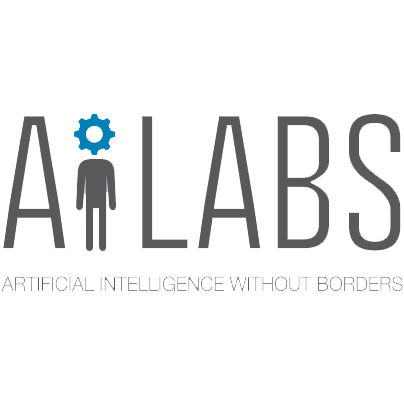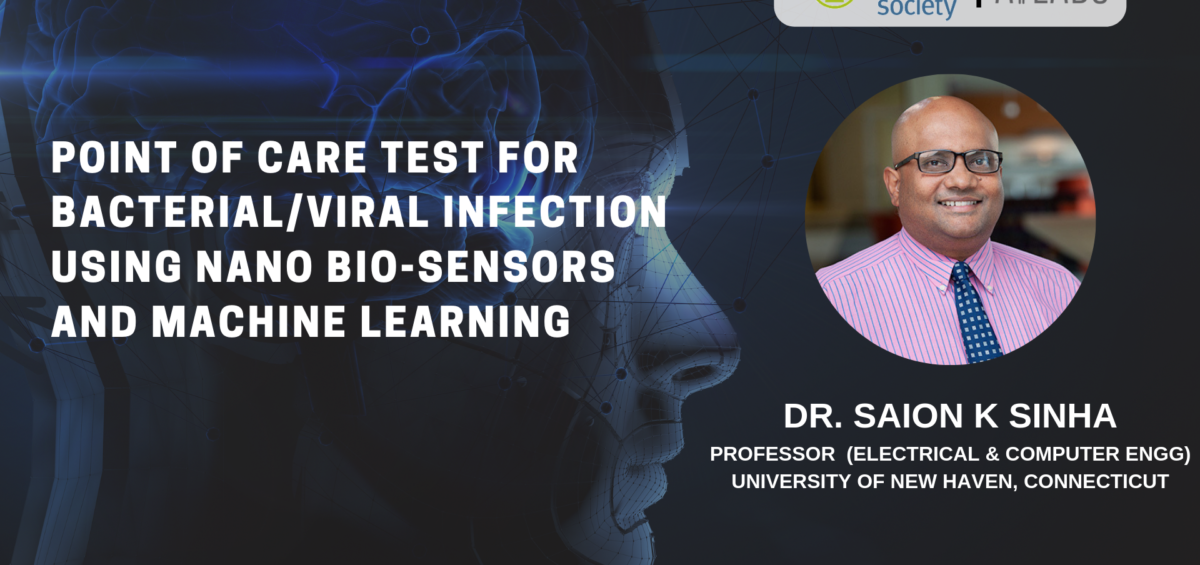Speaker : Prof. Saion Sinha
Date : July 12, 2019 (Friday at 4 PM – 6 PM)
Venue : J-3, Block-GP, Sector-V, Kolkata 700091
Details : Dr. Saion K Sinha, Prof. Electrical and Computer Engineering, University of New Haven, CT, USA and President, 12-15 Molecular Diagnostics, Connecticut, delivered a lecture on July 12, 2019 (Friday) afternoon at AILABS premises. Jointly organized by IEEE Computer Chapter and AILABS.
Viral infections ( like Dengue, influenza ) are becoming alarmingly common in the world often leading to epidemics. Since Viruses can multiply from genomic hosts, the infection can spread quickly leading to other complications like birth defects, autoimmune disease and even cancer. Currently, diagnosis of viral infection is performed using antigen-antibody reaction, which is time consuming and labor intensive. Moreover, the detection method has to play catch-up as the viral strain gets modified almost every year. Also, viral infections can be latent or show false negative results when antibody reaction is tested. In-situ direct hybridization detection is currently also possible by expensive, long and difficult radiation based methods. Majority of the time the viral infection is mis-interpreted as a bacterial infection leading to over- prescription of antibiotics which leads to the growth of drug-resistant bacteria.
The 12-15 Molecular Diagnostics has developed a patented Carbon Nanotube (CNT) -Graphene based Diagnostic method for point-of-care (POC) rapid and direct detection of specific DNA/RNA sequences. This method can directly detect viral infections (in 30 minutes) and thus distinguish between bacterial and viral infections quickly, without the necessity of performing a detailed pathological test. In this technique, single-stranded (ss) DNA probe ( known as priming) is immobilized on a Patented (CNT) -Graphene substrate. This recognizes a specific complementary target DNA/RNA in a sample which gets hybridized and detected by impedance spectroscopy using feed-back controlled, balanced Wheatstone bridge circuit with an Arduino interface. Multiple measurements are performed simultaneously and the data is analyzed in-situ by a Deep Neural Networks Machine Learning algorithm which predicts the result with 97% accuracy.
Discussed The principle behind this multi-disciplinary disruptive method incorporating Nanotechnology, Molecular-Biology and Artificial intelligence . Highlighted The advantages of this method with respect to sensitivity and selectivity compared to current PCR (Polymerase Chain Reaction) technology.




Leave a Comment